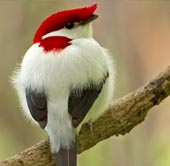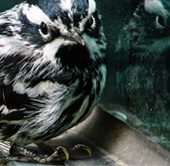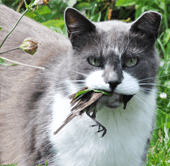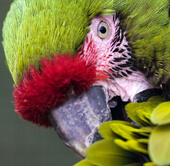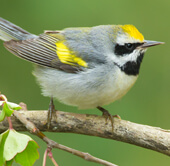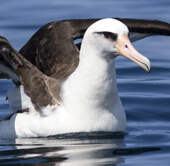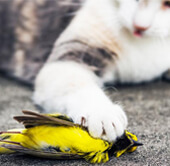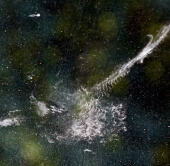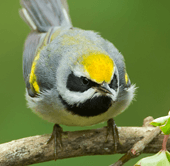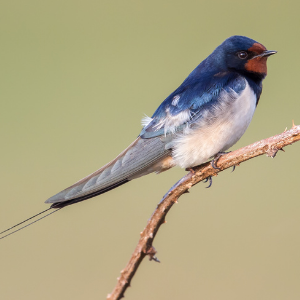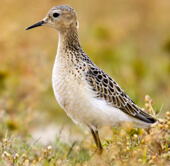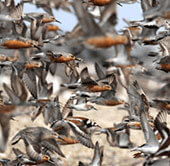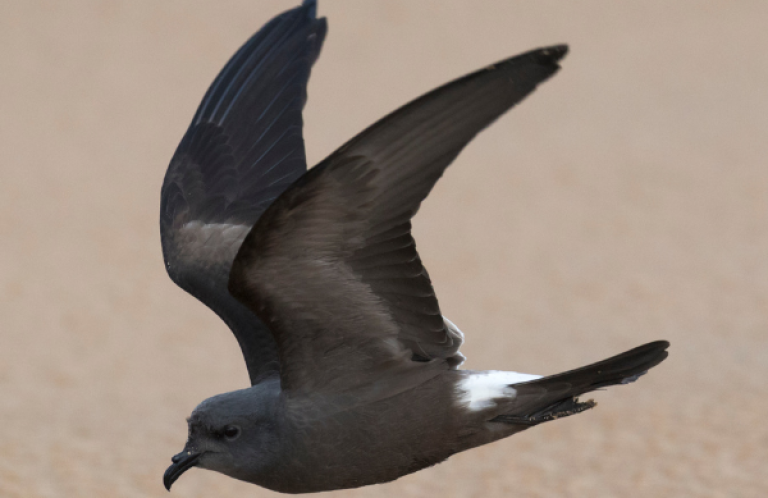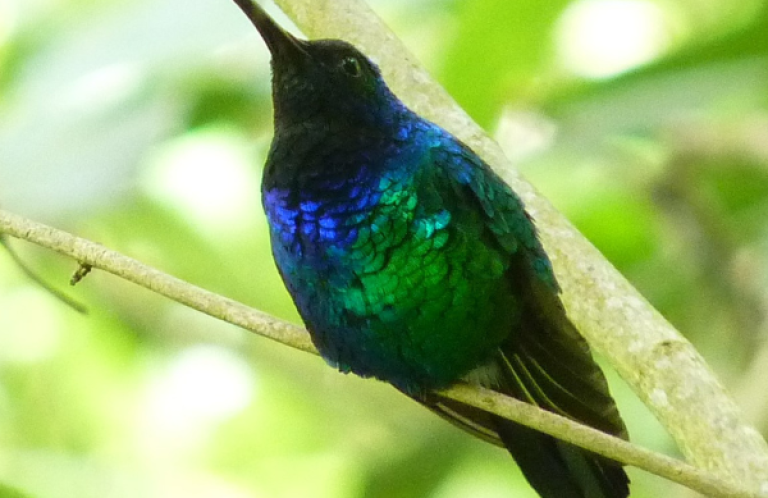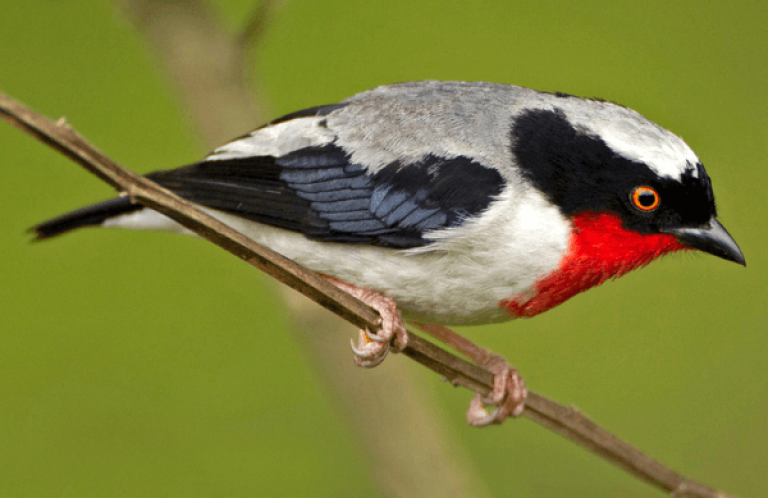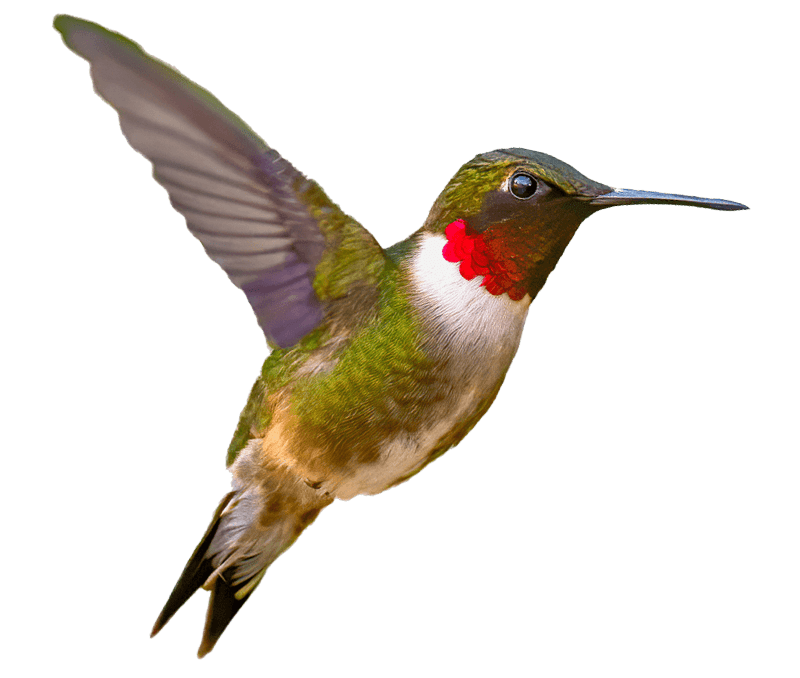Federal Government Doubles Critical Habitat for Pacific Coast Western Snowy Plover
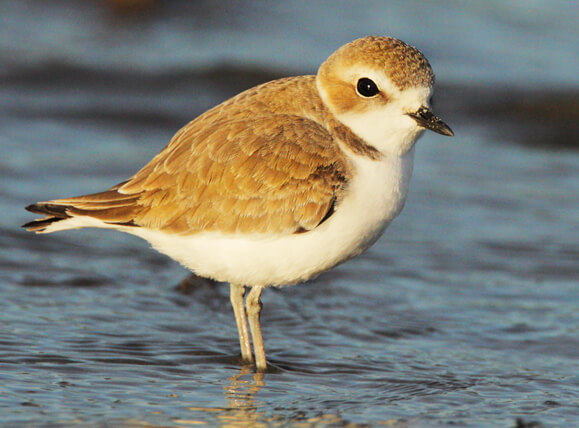 |
| Snowy Plover by Tom Grey |
(July 17, 2012) Approximately 24,527 acres of coastal habitat in Washington, Oregon, and California has been designated by the U.S. Fish and Wildlife Service (FWS) as Critical Habitat for the Pacific Coast population of the Western Snowy Plover (PCWSP), a shorebird protected by the federal Endangered Species Act (ESA). The designation more than doubles the 12,150 acres designated as PCWSP Critical Habitat in 2005.
Biologists estimate that about 2,500 PCWSPs breed along the Pacific Coast from early March to late September. Prior to 1970, the coastal population was thought to have nested at more than 50 locations along the coast. Today, only 28 major nesting areas remain.
The primary cause for the decline is loss of nesting habitat due to development, but encroachment of exotic European beach grass is also a major factor, as is human activity on beaches. This includes walking, jogging, unleashed pets, off-road vehicles, and horseback riding during the plover breeding season, which can destroy nests and disturb birds leading to increases in predation rates.
The Western Snowy Plover was first granted 19,474 acres of critical habitat in 1999. In 2005, the Bush administration reduced the critical habitat to 12,145 acres, eliminating protection for thousands of acres scientists believed necessary for the snowy plover's survival and abandoning key habitat areas crucial for recovery. In 2008 the Center for Biological Diversity sued over the reduction of the plover's habitat protections, leading to a settlement agreement with the FWS and the revised designation.
“We are pleased the U.S. Fish and Wildlife Service is restoring and enhancing the amount of Critical Habitat for the Western Snowy Plover from the reductions it imposed in 2005,” said Bob Altman, American Bird Conservancy's Pacific Northwest Conservation Officer. “We know that the chance of species recovery is much greater when there is more federally protected habitat, so this is an important step in the effort to conserve this imperiled coastal population of snowy plovers.”
Critical Habitat is a term in the ESA that identifies geographic areas containing features essential for the conservation of a threatened or endangered species, and which may require special management considerations or protection. Designation of Critical Habitat does not affect land ownership, establish a refuge or preserve, or impact on private landowners taking actions on their land that do not require federal funding or permits. When federal lands are involved, the designation is used to notify federal agencies of areas that must be given special consideration when they are planning, implementing, or funding activities.
The PCWSP, which has been classified as threatened by FWS, is a small shorebird with pale brown to gray upper parts, gray-black legs and bill, and dark patches on the forehead, behind the eyes, and on either side of the upper breast. The birds nest on the mainland coast, peninsulas, offshore islands, bays, estuaries, salt ponds, and rivers of the Pacific Coast from southern Washington to southern Baja California, Mexico.
The newly designated Critical Habitat includes unique and increasingly rare coastal beach-dune ecosystems along the Pacific Coast In California, 47 separate Critical Habitat units were designated, covering 16,337 acres (an increase over the 7,477 acres designated in 2005); in Oregon nine new units were designated, covering 2,112 acres (a decrease from the 2,147 acres in 2005); and in Washington there are four new units, covering 6,077 acres (up from the 2,526 acres in 2005).
While the final designation more than doubles the Critical Habitat acreage from 2005, it also represents a reduction from the 28,379 acres initially proposed by FWS in 2011.FWS determined that the plover requires additional Critical Habitat to offset anticipated adverse effects of rising sea level due to climate change, and to reflect increased understanding of the important role that unoccupied habitat can provide for the conservation and recovery of imperiled species. FWS cites studies that project losses of intertidal habitat for the PCWSP that could range between 20 and 70 percent of the existing habitat.
In addition, the designation of new Critical Habitat reflects the incorporation of newer scientific data about habitat use by the PCWSP and improved mapping methods that allow FWS to more accurately assess intertidal zone habitat along the water's edge.
Since the species was added to the ESA, many local groups have voluntarily worked to protect plovers and their breeding areas, and to help educate the beach-using public about the bird's needs. In many areas, beach users have cooperated with local interests to improve the breeding situation for plovers.

